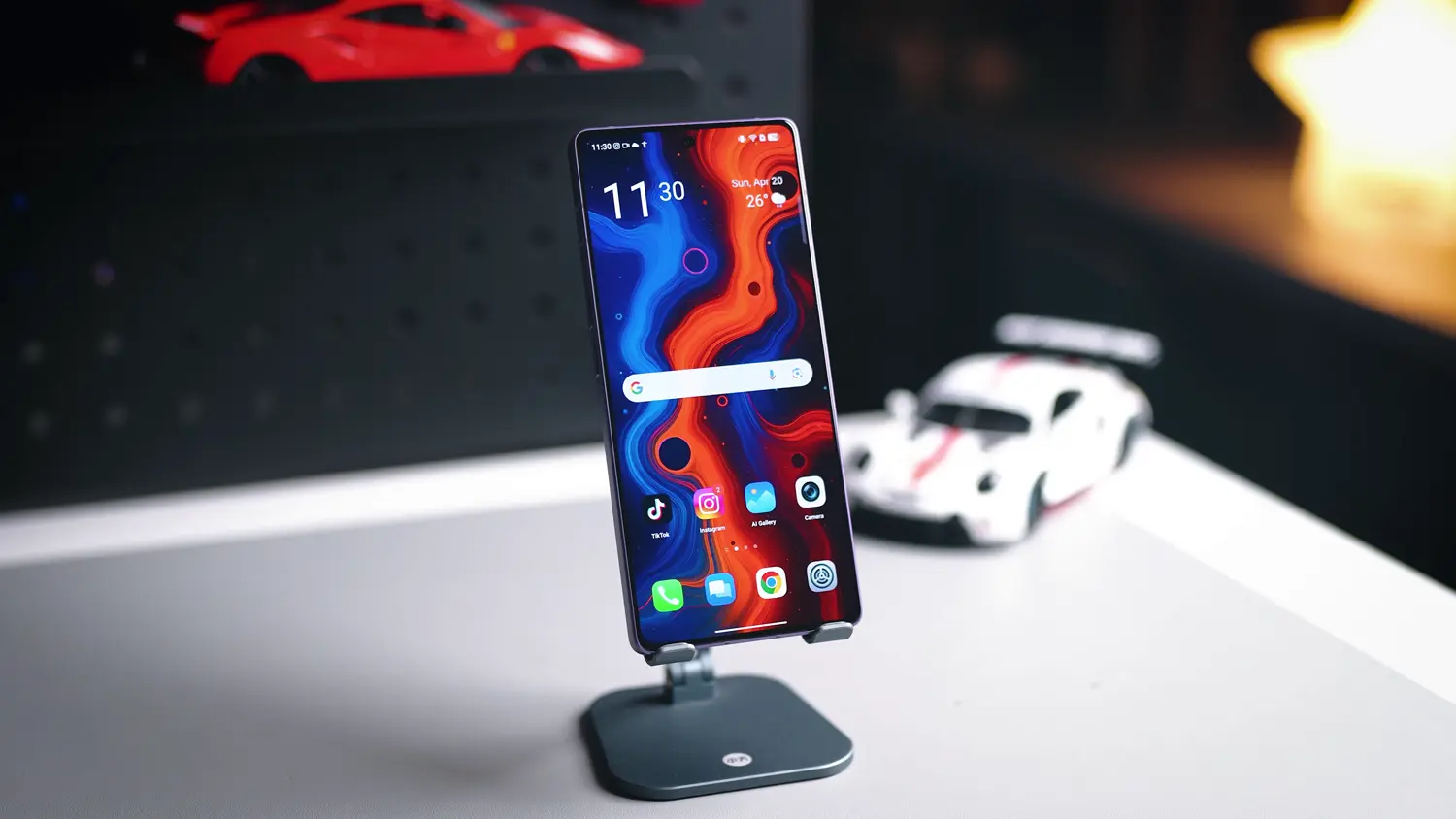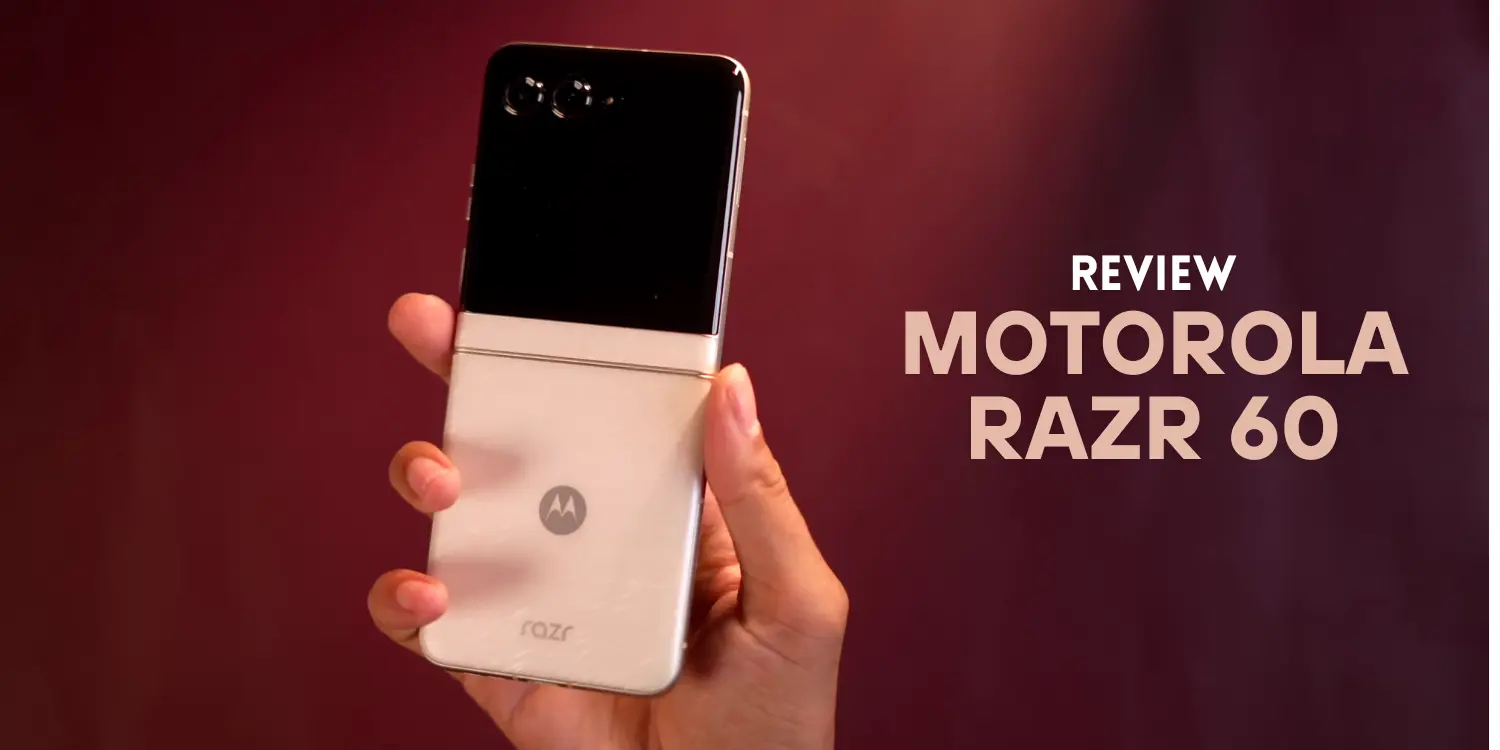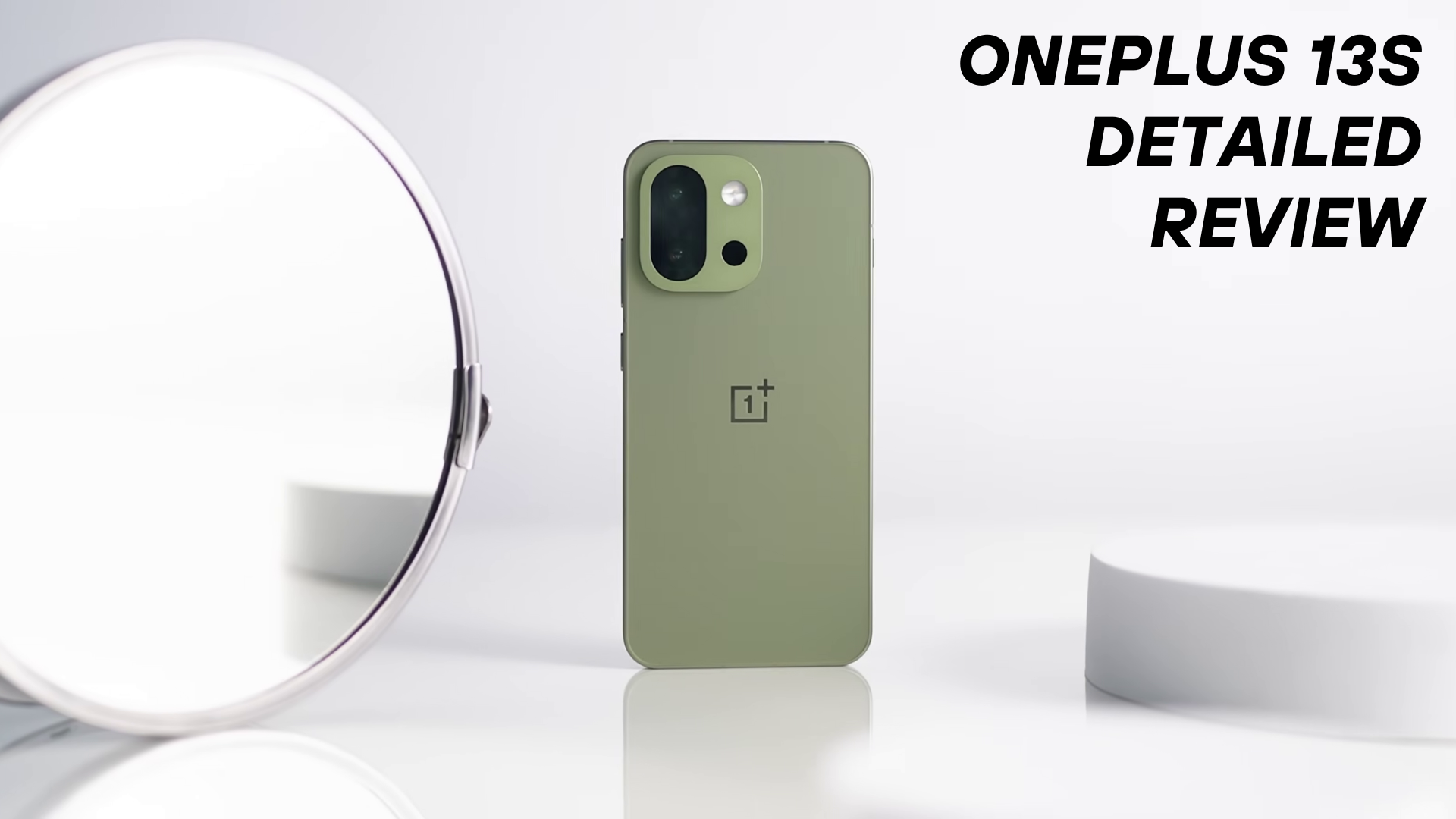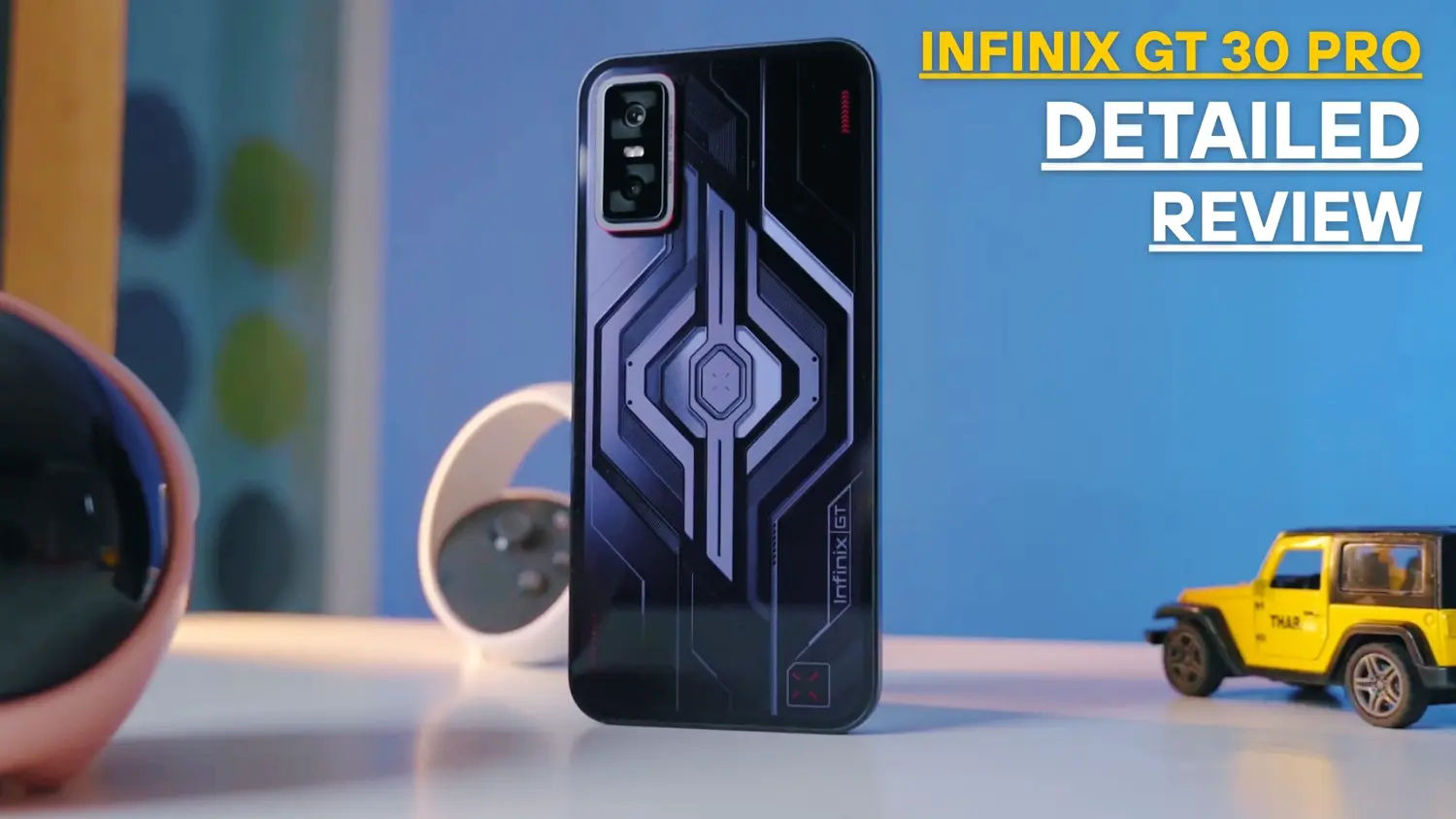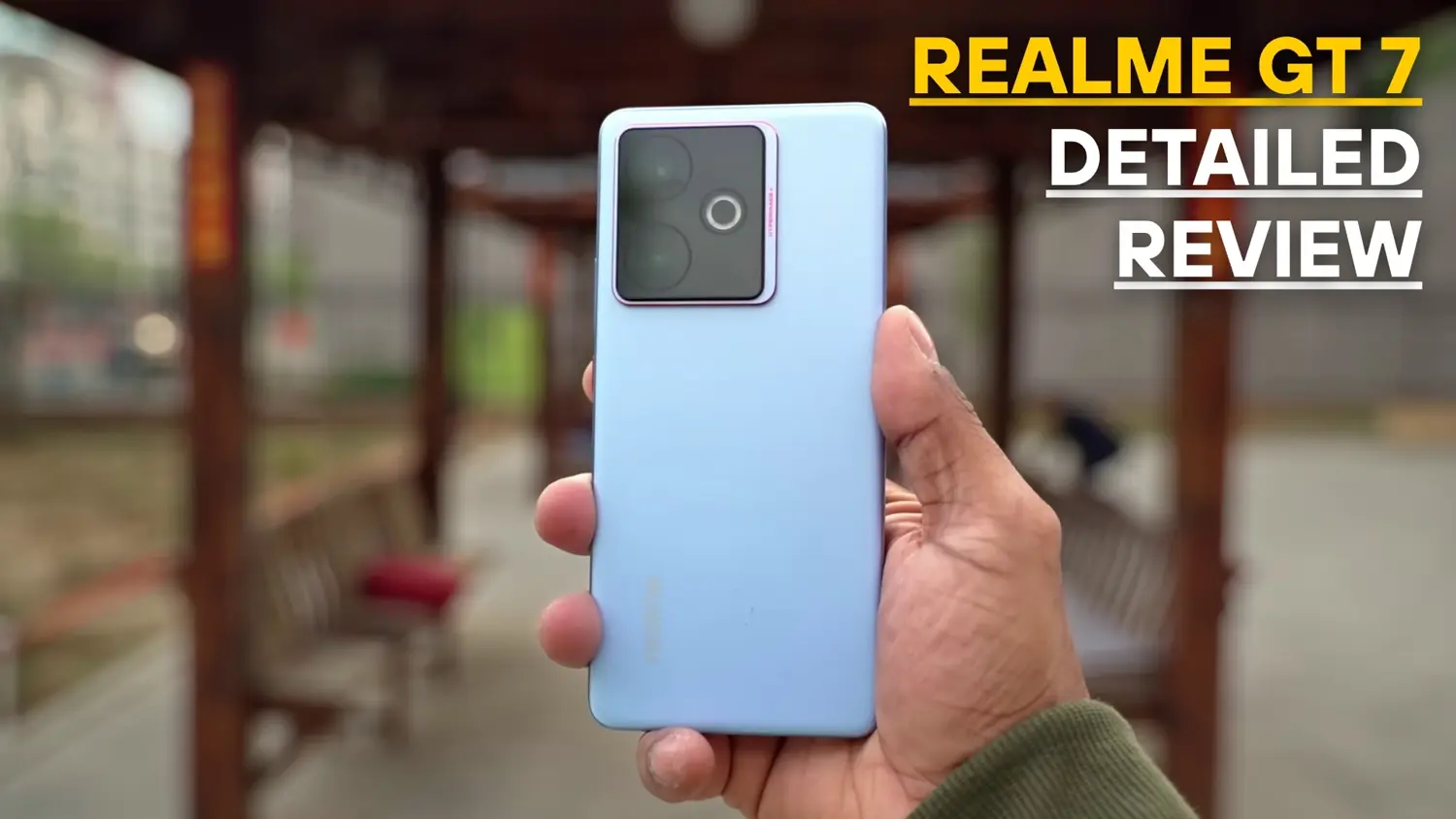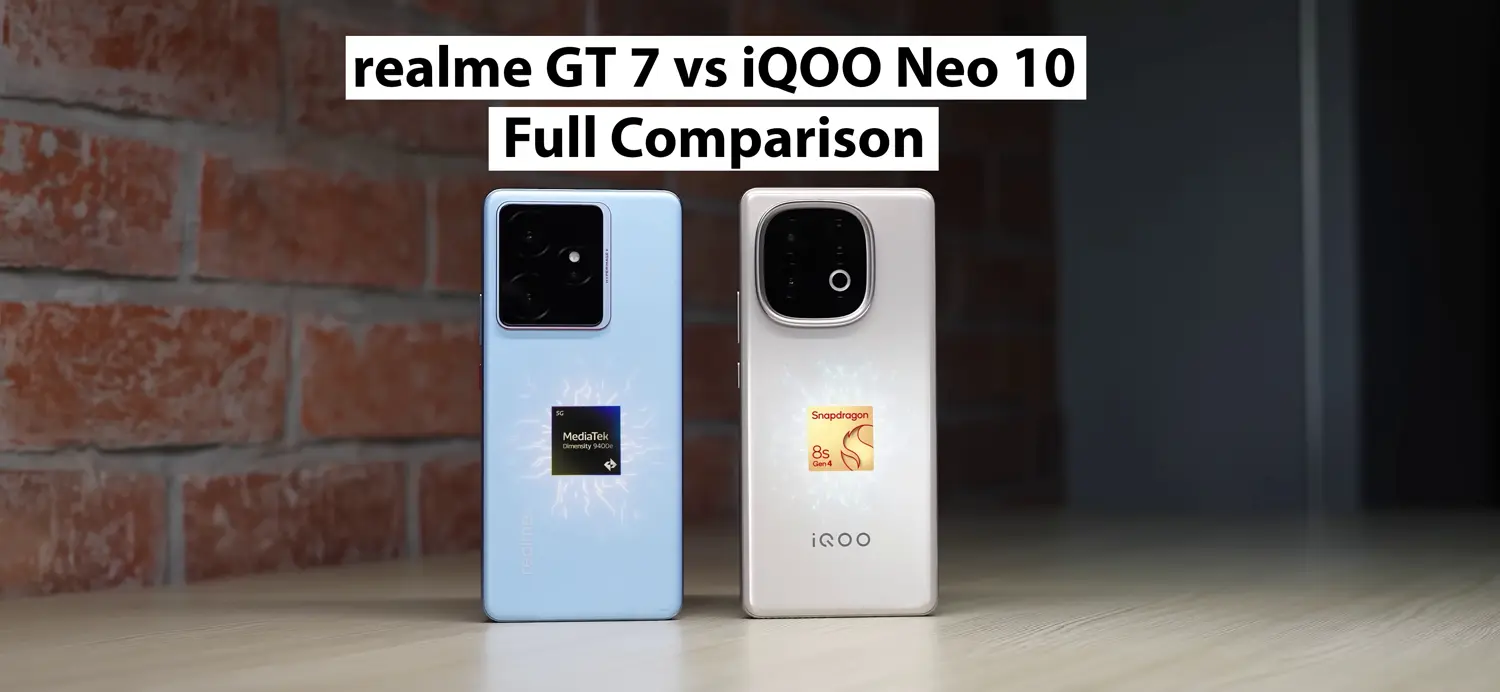The iPhone 16e, launched in February 2025, has sparked a lot of buzz as Apple’s latest attempt to offer a budget-friendly yet powerful smartphone. Marketed as the “essential” iPhone, it replaces the iPhone SE line and aims to bring flagship features at a more affordable price. After using the iPhone 16e for two months, I’ve explored its strengths, weaknesses, and whether it’s the right choice for Indian users in 2025. This detailed review covers its design, performance, battery life, camera, display, and more, answering the big question: Should you buy the iPhone 16e?
What is the iPhone 16e?

The iPhone 16e is Apple’s new entry-level smartphone, positioned as a more affordable alternative to the iPhone 16 series. Unlike the iPhone SE, which had an older design, the 16e feels modern, borrowing heavily from the iPhone 14’s look. It’s powered by the same A18 chip as the flagship iPhone 16, supports Apple Intelligence (Apple’s AI features), and boasts impressive battery life. Priced at $599 (₹57,999), it’s significantly more expensive than the iPhone SE 2022 ($429), which has led to debates about its value.
For Indian buyers, the iPhone 16e is appealing because it offers a modern iPhone experience without the premium price tag of flagship models. But with competitors like Samsung, OnePlus, and Vivo offering feature-packed phones at similar or lower prices, is the iPhone 16e worth it? Let’s dive into the details.
Design and Build Quality
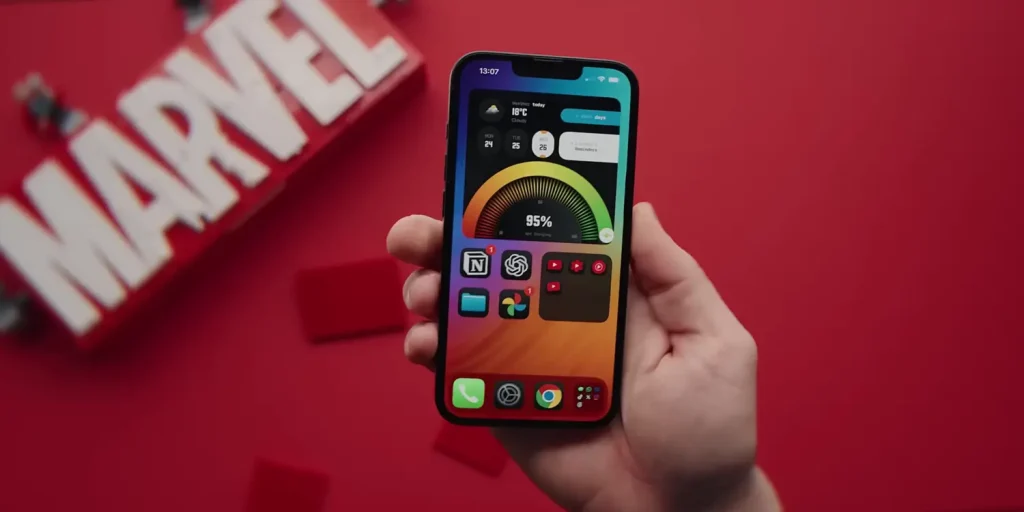
The iPhone 16e feels like a premium device the moment you hold it. Its design is almost identical to the iPhone 14, featuring flat aluminum sides, a glass back, and a Ceramic Shield-protected front. At 5.78 x 2.82 x 0.31 inches and 5.88 ounces, it’s slightly lighter than the iPhone 16, making it comfortable for one-handed use. The matte black finish (also available in white) looks sleek and resists fingerprints, which is a plus for daily use.
The phone has an IP68 rating for water and dust resistance, meaning it can survive splashes or accidental drops in water. I’ve had moments where I almost dropped it while juggling keys and coffee, and the grippy frame gave me confidence. The single rear camera sits nearly flush, avoiding the bulky camera bumps seen on other iPhones. However, the limited color options—only black and white—might disappoint those who prefer vibrant shades like the iPhone 16’s pink or teal.
One standout feature is the Action Button, previously exclusive to Pro models. You can customize it to quickly open the camera, flashlight, or even trigger Apple Intelligence features. It’s a small but modern touch that makes the phone feel fresh.
Display: Good but Not the Best
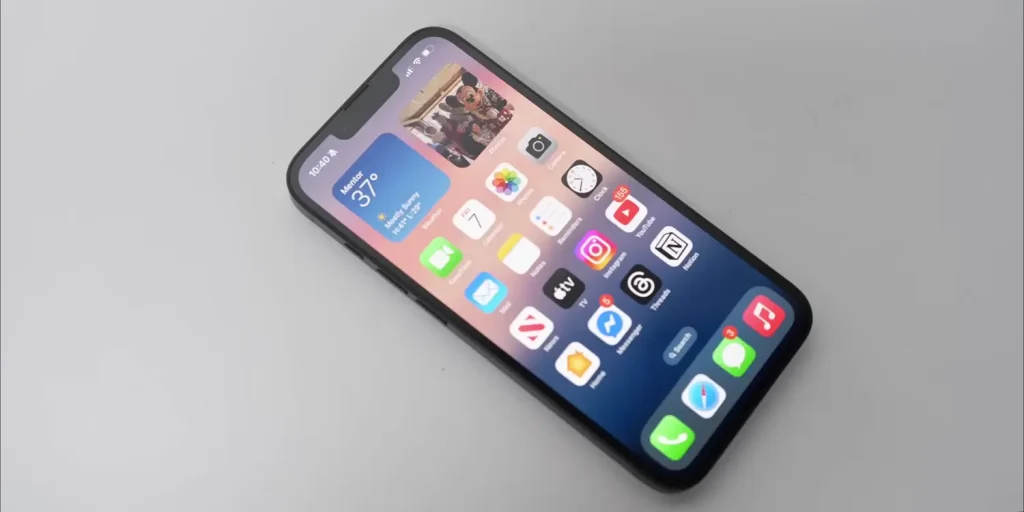
The iPhone 16e sports a 6.1-inch Super Retina XDR OLED display, a significant upgrade from the iPhone SE’s 4.7-inch LCD. Colors are vibrant, blacks are deep, and HDR content like movies on Netflix looks stunning. With a resolution of 460ppi and peak brightness of 1,200 nits (800 nits typical), it’s sharp and visible indoors or in moderate sunlight. However, compared to the iPhone 16’s 2,000 nits peak brightness, it’s less dazzling under direct sunlight.
The biggest drawback is the notch. Unlike the iPhone 16’s Dynamic Island, which adapts to show notifications or app statuses, the 16e has the older, static notch from the iPhone 14. It houses Face ID, which works flawlessly, but takes up more screen space. The bezels also feel slightly thicker, giving it a less modern look.
Another compromise is the 60Hz refresh rate. Many Android phones in the ₹50,000 range, like the OnePlus 13R or Vivo V40, offer 120Hz displays for smoother scrolling. Initially, I noticed the difference when switching from a 120Hz phone—scrolling felt less fluid. But after a couple of days, I adjusted, and for most users, 60Hz is perfectly fine. Still, in 2025, a higher refresh rate would’ve made the 16e more competitive.
Performance: Flagship Power on a Budget
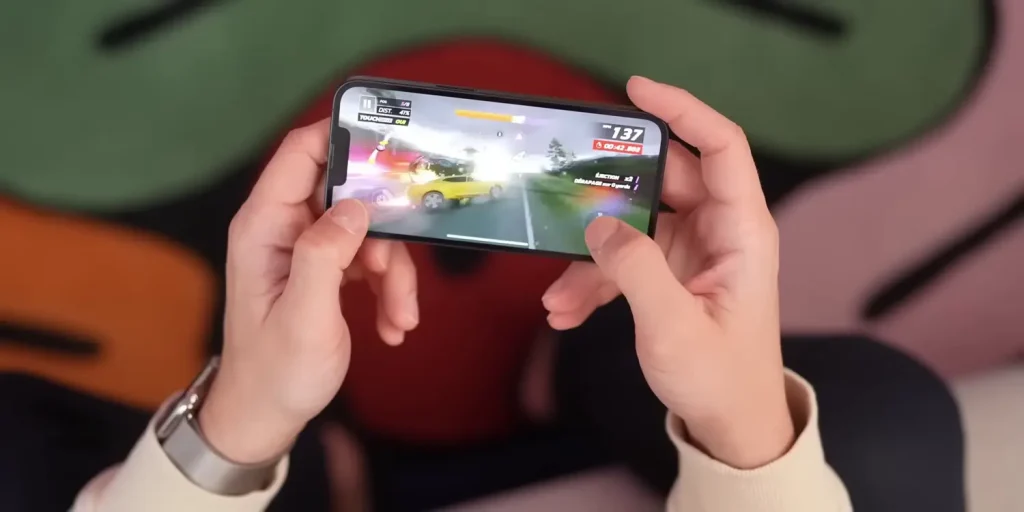
The iPhone 16e is powered by the A18 chip, the same processor found in the iPhone 16 series, though with a four-core GPU instead of five. This minor difference affects graphics-intensive tasks like gaming, but for everyday use, the phone is blazing fast. Apps open instantly, multitasking is seamless, and iOS 18 runs smoothly. I played demanding games like Resident Evil 4 without lag, and the phone barely warmed up.
With 8GB of RAM, it handles Apple Intelligence features like AI-powered writing tools, image editing, and an upgraded Siri. These features, available since iOS 18.1, are handy but not game-changers yet. For example, the Clean Up tool in Photos removes unwanted objects, and Visual Intelligence lets you identify objects by pointing the camera. These are nice additions, but I didn’t find myself using them daily.
For Indian users, the A18 chip ensures the iPhone 16e is future-proof. It’ll receive iOS updates for at least five years, keeping it relevant until 2030. Compared to older iPhones like the iPhone 12 or SE, the performance leap is massive, making it a worthy upgrade.
Battery Life: The Star of the Show
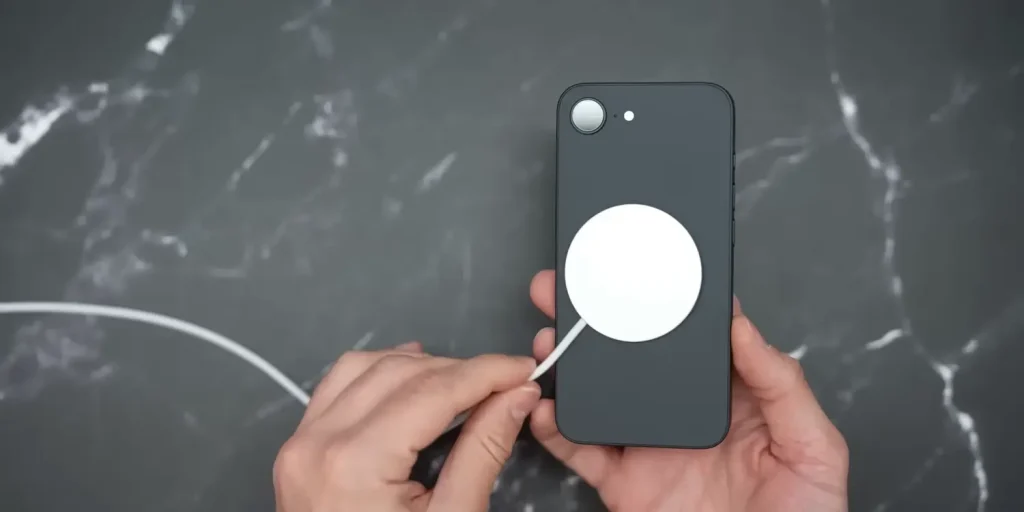
Battery life is where the iPhone 16e shines. Apple claims it offers the best battery life of any 6.1-inch iPhone, with up to 26 hours of video playback. In my experience, it lives up to the hype. On a typical day with social media, calls, music streaming, and some photography, I ended with 40-50% battery by bedtime. Even on heavy usage days, like navigating with GPS or gaming, it lasted a full day.
The 4005mAh battery benefits from the power-efficient A18 chip and Apple’s new C1 modem. The C1, Apple’s first in-house 5G modem, improves connectivity while saving power. In tests, the iPhone 16e outlasted the iPhone 16 by nearly four hours in video streaming (21 hours 37 minutes vs. 17 hours 50 minutes).
Charging, however, is a mixed bag. The phone supports 20-25W wired charging, reaching 50% in about 30 minutes, but a full charge takes over an hour. Wireless charging is limited to 7.5W Qi, and the lack of MagSafe is a big miss. MagSafe’s magnetic alignment and faster 25W charging are exclusive to pricier iPhones, which feels like an unnecessary restriction. For Indian users, where MagSafe accessories are less common, this might not be a dealbreaker, but it’s worth noting.
Camera: Good for Basics, Limited for Enthusiasts
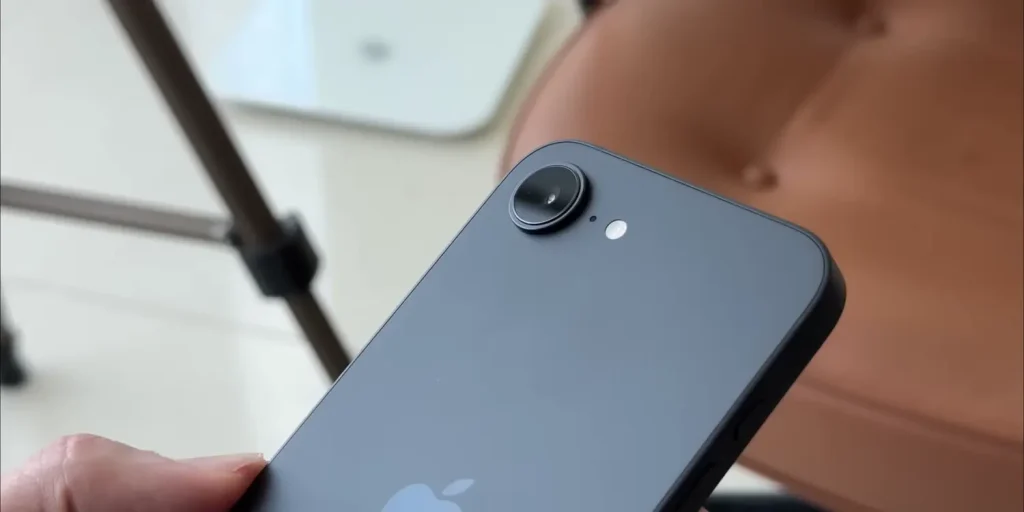
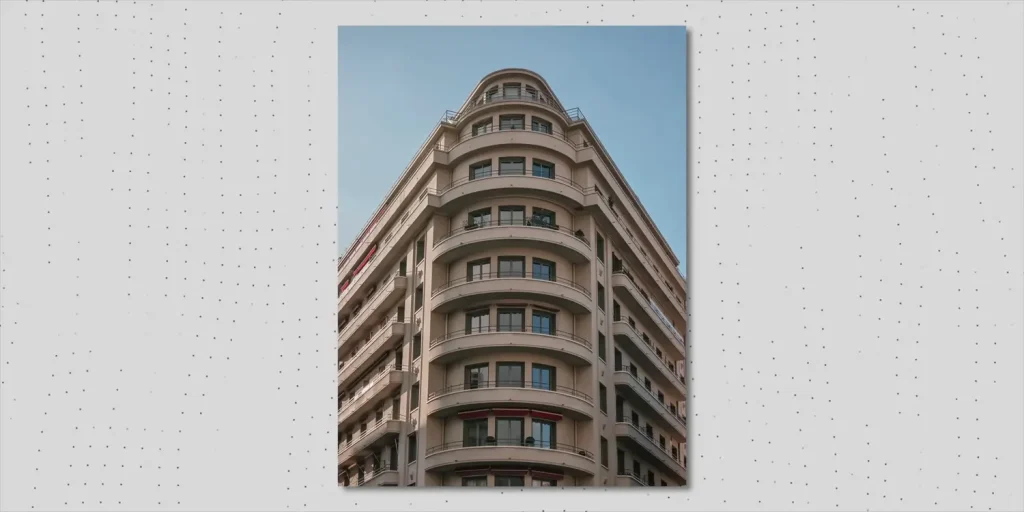







The iPhone 16e features a single 48MP Fusion camera with a 2x digital zoom that mimics optical quality. For everyday photography, it’s excellent. Photos are sharp, colors are natural, and Night Mode ensures decent low-light shots. The 12MP front camera takes solid selfies, and 4K video recording with Dolby Vision is impressive for casual creators.
However, the lack of an ultra-wide or telephoto lens limits versatility. Competitors like the Google Pixel 8a or Samsung Galaxy S24 FE offer dual or triple camera systems at similar prices, allowing for wide-angle shots or better zoom. If you love capturing landscapes or group photos, the single lens might feel restrictive. Still, for social media posts or family pictures, it gets the job done well.
Software and Ecosystem
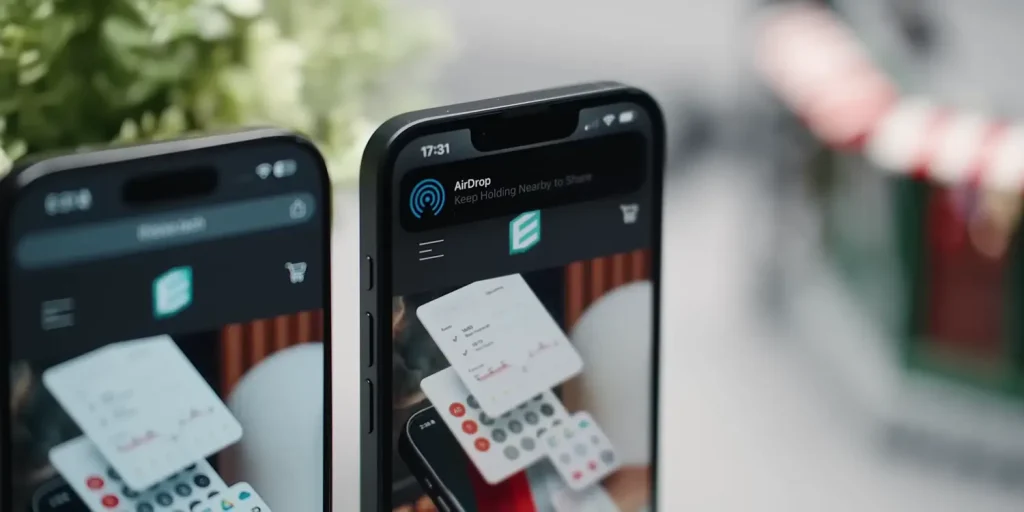
Running iOS 18 (upgradable to 18.4), the iPhone 16e offers a polished software experience. iOS is intuitive, with customizable home screens, reliable Face ID, and seamless integration with Apple devices like AirPods or MacBooks. Apple Intelligence adds AI features like Genmoji (custom emojis) and smarter Siri, though these are still evolving. For Indian users, the promise of long-term updates is a big draw, especially in a market where resale value matters.
Specifications Table
| Feature | Details |
|---|---|
| Display | 6.1-inch Super Retina XDR OLED, 460ppi, 800 nits (typical), 1,200 nits (HDR) |
| Processor | A18 chip (6-core CPU, 4-core GPU, 16-core Neural Engine) |
| RAM | 8GB |
| Storage | 128GB, 256GB, 512GB |
| Rear Camera | 48MP Fusion (f/1.6, 2x digital zoom), Night Mode, 4K Dolby Vision video |
| Front Camera | 12MP TrueDepth, autofocus |
| Battery | 4005mAh, up to 26 hours video playback |
| Charging | 20-25W wired, 7.5W Qi wireless (no MagSafe) |
| Connectivity | 5G (sub-6 GHz), Wi-Fi 6, USB-C 2.0, Apple C1 modem |
| Build | Aluminum frame, Ceramic Shield front, IP68 water/dust resistance |
| Colors | Black, White |
| Price | $599 (₹57,999) for 128GB; $699 (₹67,999) for 256GB; $899 (₹87,999) for 512GB |
| OS | iOS 18 (upgradable to 18.4) |
Who Should Buy the iPhone 16e?
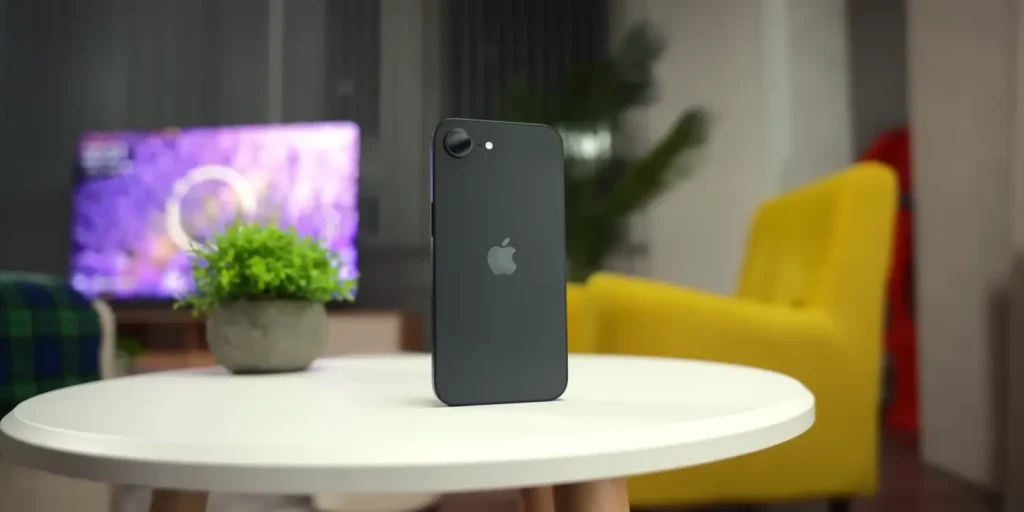
The iPhone 16e is ideal for specific users, particularly in the Indian market:
- Upgraders from Older iPhones: If you’re using an iPhone SE, iPhone 11, or iPhone 12, the 16e is a massive leap. The A18 chip, OLED display, and stellar battery life will feel transformative.
- First-Time iPhone Buyers: If you’re switching from Android or entering the Apple ecosystem, the 16e offers a modern iPhone experience at a lower price than the iPhone 16 (₹79,900).
- Apple Ecosystem Users: If you own a Mac, iPad, or AirPods, the 16e integrates seamlessly, offering features like Handoff and iCloud.
- Battery Life Seekers: For those who prioritize all-day battery, the 16e is unmatched in its class.
However, it’s not for everyone. If you value a smoother 120Hz display, versatile cameras, or MagSafe accessories, consider the iPhone 16 (₹74,900) or Android alternatives like the OnePlus 13R (₹45,000) or Google Pixel 8a (₹49,999). The 60Hz screen and notch feel dated in 2025, and the single camera limits creative photography.
Is the iPhone 16e Worth It in India?

At ₹57,9999, the iPhone 16e is pricier than expected, especially compared to the iPhone SE’s ₹47,999 launch price. However, it offers significant upgrades: a modern design, OLED display, A18 chip, and exceptional battery life. For Indian buyers, the long software support and strong resale value make it a smart investment. Carrier deals or discounts on platforms like Flipkart or Amazon can further sweeten the deal.
That said, the compromises—60Hz display, single camera, no MagSafe, and slower charging—can’t be ignored. Android phones in the ₹50,000 range often pack more features, like 120Hz screens or triple cameras. Your decision hinges on whether you prioritize Apple’s ecosystem, reliability, and battery life over raw hardware specs.
Final Verdict
After two months with the iPhone 16e, I can confidently say it’s a solid smartphone for the right user. Its fantastic battery life, fast performance, and premium build make it a great entry point into the Apple ecosystem. For those upgrading from older iPhones or seeking a reliable, long-lasting phone, it’s a no-brainer. However, the notch, 60Hz display, and single camera make it feel like a compromise compared to competitors in 2025.
If you’re deep into Apple’s world or want a phone that’ll stay relevant for years, the iPhone 16e is worth considering. But if you need cutting-edge features or a lower price, explore Android options or save up for the iPhone 16. Ultimately, it’s about what matters most to you—Apple’s polish or a feature-packed alternative.

